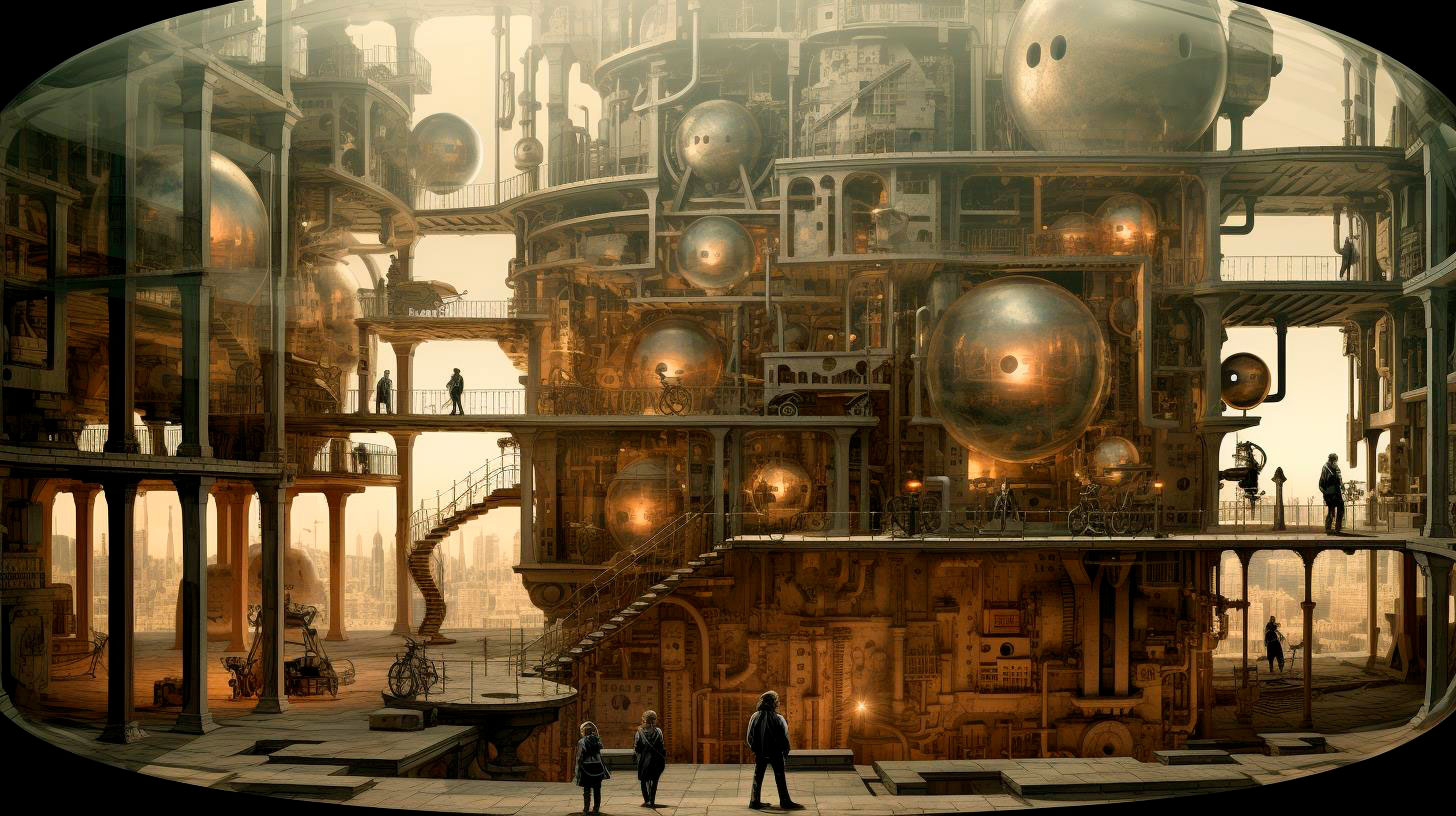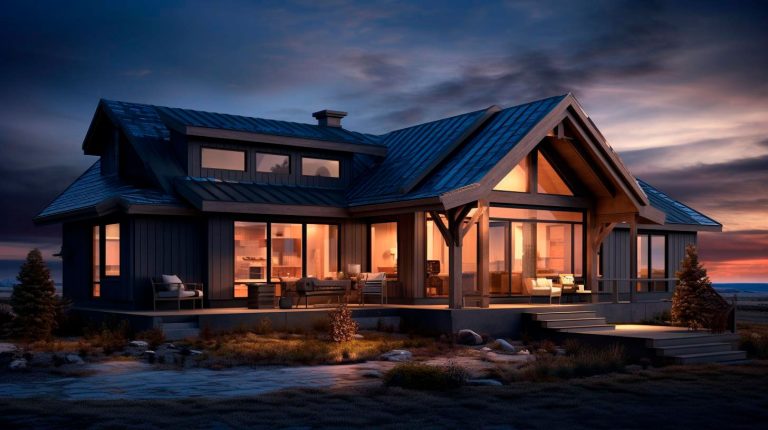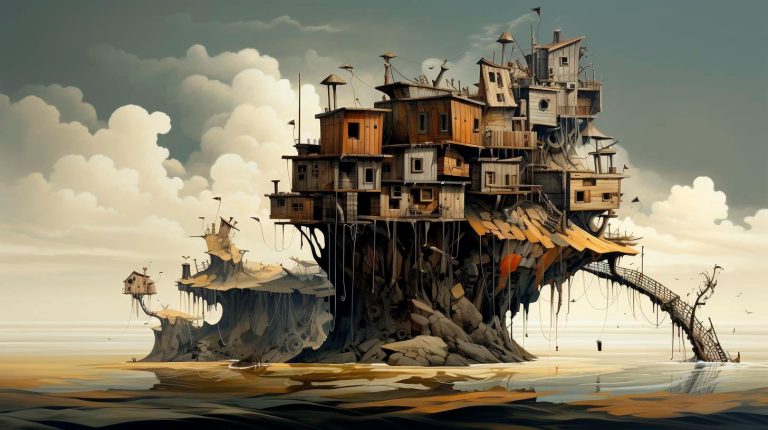In this article, we will explore the benefits and techniques of using reflectors and diffusers in photography.
Understanding Reflectors
A reflector is a versatile tool that helps bounce light onto the subject, filling in shadows and creating a more even light distribution. Here are some key features and advantages of using reflectors:
- Size and Shape: Reflectors come in various sizes and shapes, such as round, rectangular, or triangular. Choose the one that suits your needs and the area you want to light up.
- Material: Reflectors are often made of fabric or aluminum and come in different colors, including silver, gold, white, and black.
- Portability: Reflectors are lightweight and foldable, making them easy to carry around for outdoor shoots.
By understanding how to use reflectors effectively, you can achieve professional-level lighting in your photography. Some key takeaways when using reflectors are:
- Reflectors bounce light and help fill in shadows on your subject.
- Experiment with different angles to achieve the desired lighting effect.
- Choose the right color reflector to create the desired mood in your photographs.
Utilizing Diffusers
A diffuser is an excellent tool for softening harsh light and reducing the intensity of shadows. It works by scattering the light, creating a more diffused and evenly spread illumination. Here are some features and advantages of using diffusers:
- Types of Diffusers: Diffusers come in various forms, such as translucent fabric, umbrellas, or even DIY materials like frosted glass or shower curtains.
- Light Control: Diffusers allow for more control over the direction and intensity of light, making them ideal for portraits, still life, or product photography.
- Softening Effects: By diffusing the light, shadows become less harsh, creating a natural and pleasing look.
When using diffusers, keep these key takeaways in mind:
- Diffusers scatter the light, creating a softer and more balanced illumination.
- Experiment with different types of diffusers to achieve the desired effect.
- Use diffusers for portraits, still life, or product photography to achieve a more professional look.
Techniques for Using Reflectors and Diffusers
Now that we understand the benefits of reflectors and diffusers, let’s explore some techniques for using them effectively:
Outdoor Photography
When shooting outdoors, natural light can be unpredictable. Using reflectors and diffusers can help you control and manipulate the available light. Some techniques to consider are:
- Position the reflector opposite the main light source to bounce light onto the subject.
- Use a diffuser to soften harsh sunlight and reduce shadows on your subject.
- Experiment with the positioning and angles of the reflector and diffuser to achieve the desired lighting effect.
Studio Photography
In a controlled studio environment, using reflectors and diffusers is essential for creating perfect lighting conditions. Here are some techniques to consider:
- Place the reflector near the subject to fill in shadows and create a more even light distribution.
- Use a diffuser in front of the studio lights to create a softer and more diffused illumination.
- Combine reflectors and diffusers to achieve a desired balance of light and shadow.
Conclusion
Mastering the art of lighting is crucial for achieving stunning photographs. Reflectors and diffusers offer photographers the ability to manipulate light, enhance shadows, and create balanced illumination. By understanding the features and advantages of reflectors and diffusers, as well as employing effective techniques, you can elevate your photography to the next level. Experiment with these tools, and watch as your images become more professional and visually appealing.













+ There are no comments
Add yours